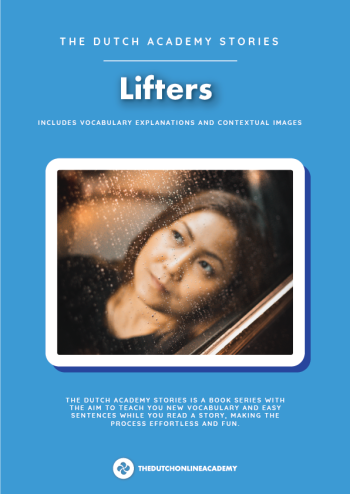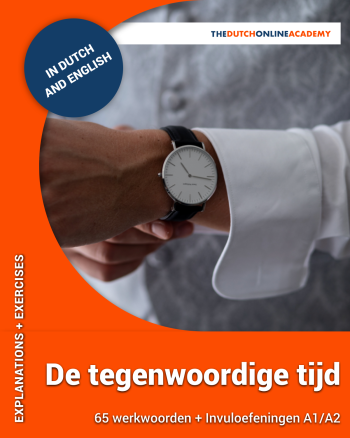Learn the theory
How to write adjectives in Dutch: with or without -e
Including a Dutch grammar exercise to check your knowledge
The rules for writing adjectives become clearer by a few examples.
We take a look at a DE-word (de film) and a HET-word (het boek).
- Ik kijk de mooie film.
- Ik kijk een mooie film.
- Ik lees het mooie boek.
- Ik lees een mooi boek.
As you can see you write the adjective without E if it is an indefinite het-word.
You also write no E if there is no noun behind the adjective.
- Ik kijk de mooie film.
- Ik vind de film mooi.
- Ik lees het mooie boek.
- Ik vind het boek mooi.
Did you know you can use verbs as an adjective too? Convert the verbs you know into adjectives! It's easy.
Practice with exercises
Do the adjectives get an -e an the end or not? Pick the right option!
Some ideas to keep learning
Do you want to practice a bit more? Why don't you take a look at the difference between DE and HET in Dutch?
comments
Login to leave a comment
info@thedutchonlineacademy.com
Graag gedaan, Denis!
info@thedutchonlineacademy.com
Ik hoop dat deze website je daarbij helpt, Hassan!
info@thedutchonlineacademy.com
Hi Joyce! A1, A2, etc is the Common European Framework of Reference for Languages (CEFR). A1-A2 (Basic User), B1-B2 (Independent User), and C1-C2 (Proficient User). If you are a beginner, you could fill in A1.


